Fishing the Fjords of Chile: A Deep South Adventure
Nestled at the southernmost tip of South America, Chile’s vast network of fjords represents one of the planet’s last great fishing frontiers. These pristine waterways, carved by ancient glaciers and fed by the nutrient-rich waters of the Pacific and the Humboldt Current, create a paradise for anglers seeking both adventure and trophy catches.
Chile’s Patagonian fjords offer a unique combination of breathtaking scenery and world-class fishing opportunities that cannot be replicated elsewhere. From the mist-shrouded channels of Chiloé to the remote waters of Tierra del Fuego, these deep southern waters harbor diverse and abundant marine life that has drawn adventurous fishermen from around the globe. This extraordinary region represents not just a fishing destination, but a journey into one of Earth’s most dramatic and unspoiled landscapes.
The Geographical Marvel of Chilean Fjords
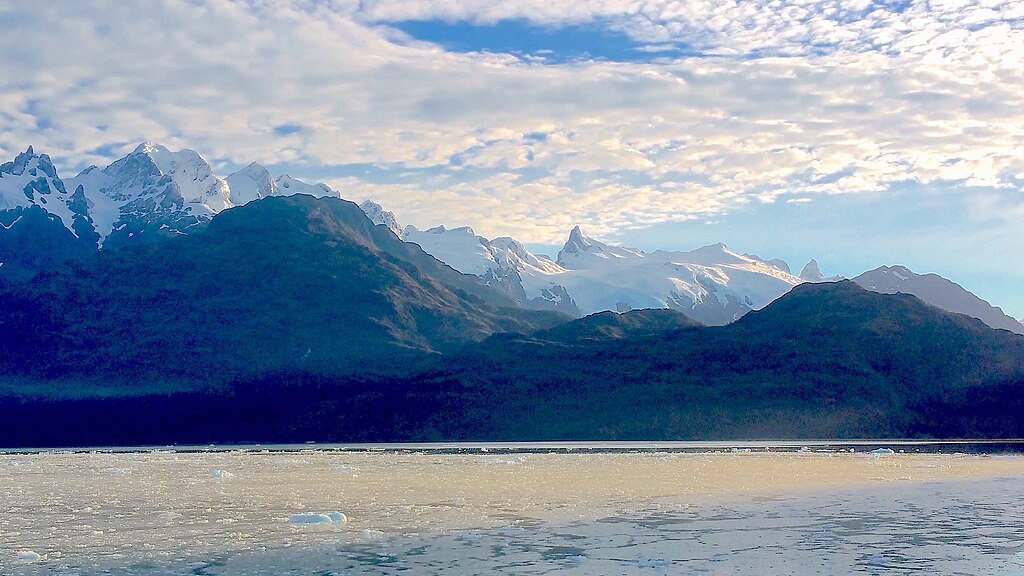
Chile’s fjord region stretches approximately 1,600 kilometers (1,000 miles) from Puerto Montt in the north to Cape Horn in the south, forming one of the world’s most extensive fjord systems. This labyrinthine network comprises thousands of islands, channels, and inlets formed during the last ice age, when massive glaciers carved deep valleys that were subsequently flooded by rising sea levels.
The region’s unique geography creates microclimates and ecological niches that support remarkably diverse marine ecosystems. The fjords’ depths can reach over 1,200 meters in some places. Meanwhile, their sheltered waters are influenced by both freshwater runoff from the Andes and saltwater from the Pacific Ocean. This complex interplay of geological features creates the perfect environment for numerous fish species to thrive, making it a premier destination for dedicated anglers.
The Rich Biodiversity of Patagonian Waters
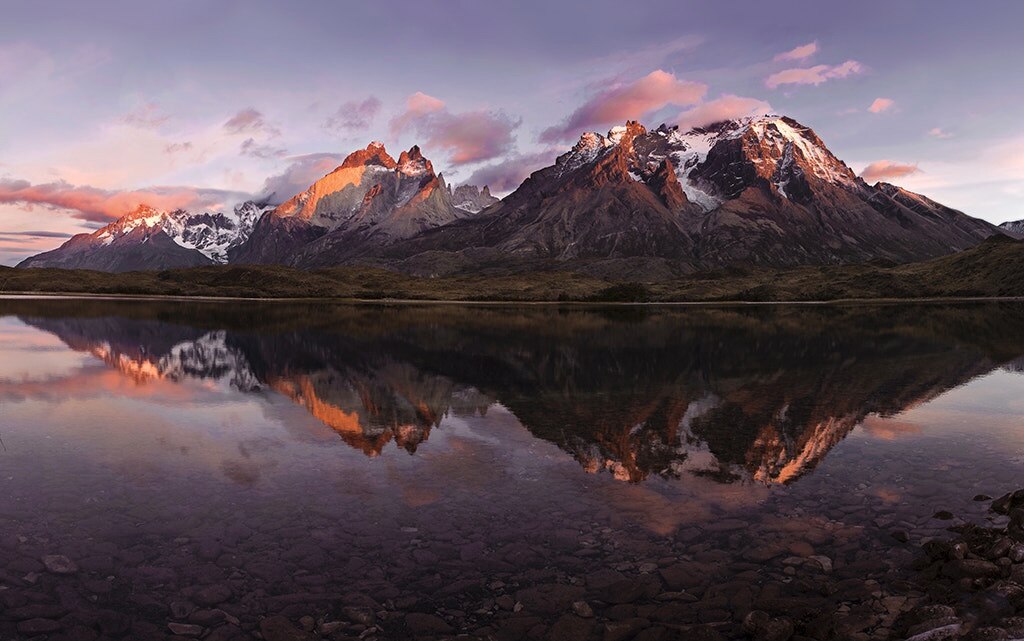
The convergence of Antarctic and tropical currents in Chilean waters creates one of the most productive marine ecosystems on Earth. The famous Humboldt Current brings cold, nutrient-rich waters northward along Chile’s coast. It supports a food chain that begins with plankton and culminates with large predatory fish. In these waters, anglers can target over 70 different species, including the prized Patagonian toothfish (Chilean sea bass), southern hake, Patagonian blenny, and various species of salmon and trout that have been introduced to the region.
The coastal areas where fjords meet the ocean are particularly abundant with life, as upwelling currents bring nutrients to the surface. They are attracting baitfish and the larger predators that feed on them. This remarkable biodiversity means that fishermen can encounter dramatically different species as they move from the interior freshwater sections of fjords to their saltwater mouths.
King of the Fjords: The Chilean Sea Bass
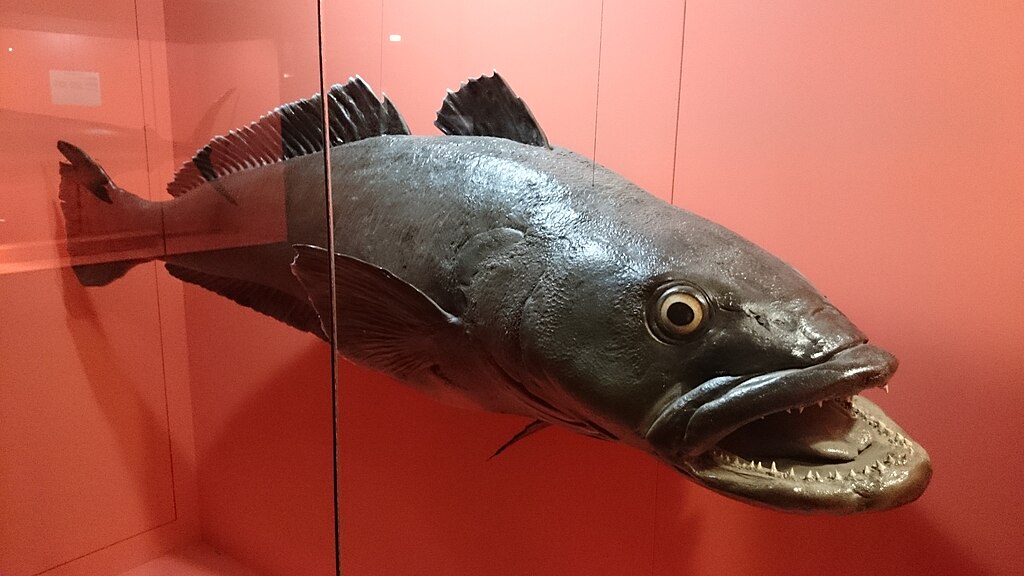
Perhaps no fish symbolizes the allure of Chilean fjord fishing more than the Patagonian toothfish, commercially known as Chilean sea bass. This deep-water predator can live for over 50 years and grow to a length of more than 2 meters. It has specimens weighing over 100 kilograms, which is not uncommon in Chilean waters.
The fish inhabits the cold, deep waters of the southern fjords, typically dwelling at depths between 300 and 3,500 meters. Targeting these magnificent creatures requires specialized heavy tackle and techniques. Why? Because they put up a tremendous fight when hooked, using their powerful bodies to dive deeper into the fjord’s abyss. Their white, flaky meat is considered a delicacy worldwide. However, sustainable fishing practices are now strictly enforced to protect this slow-growing species from overharvesting.
Introduced Species: The Salmon and Trout Story

One of the most remarkable fishing stories in Chile involves species that aren’t native to these waters at all. Beginning in the early 20th century, various salmon and trout species were introduced from the Northern Hemisphere. It includes Chinook, Atlantic, and Coho salmon, as well as rainbow, brown, and brook trout. These fish not only survived but thrived in the cold, oxygen-rich waters of southern Chile’s rivers and fjords. By the 1980s, some of these introduced species had established self-sustaining wild populations throughout the region’s complex waterways.
Today, the fjords and their tributary rivers host some of the largest specimens of these fish found anywhere in the world. You would even find trophy-sized catches commonplace. The proliferation of these introduced salmonids has transformed Chile into one of the world’s premier destinations for salmon and trout fishing. This attracts anglers who dream of landing record-breaking fish in spectacular wilderness settings.
Seasonal Patterns and Prime Fishing Times

The fjords of Chile offer year-round fishing opportunities, though the target species and optimal locations vary with the seasons. The prime fishing season generally runs from November through April (the southern hemisphere’s summer and fall), when warmer temperatures and longer daylight hours create ideal conditions for most species. December through February provides the best weather conditions, though these months also coincide with the high tourist season.
Salmon runs typically peak from January to March, when mature fish return to rivers to spawn. The shoulder seasons of November and April often offer an excellent balance of good fishing conditions, fewer crowds, and lower prices. Winter fishing (May through August) is possible but challenging. This is due to harsh weather conditions, though some specialized expeditions target winter-run fish during this period.
Fishing Techniques for Fjord Success
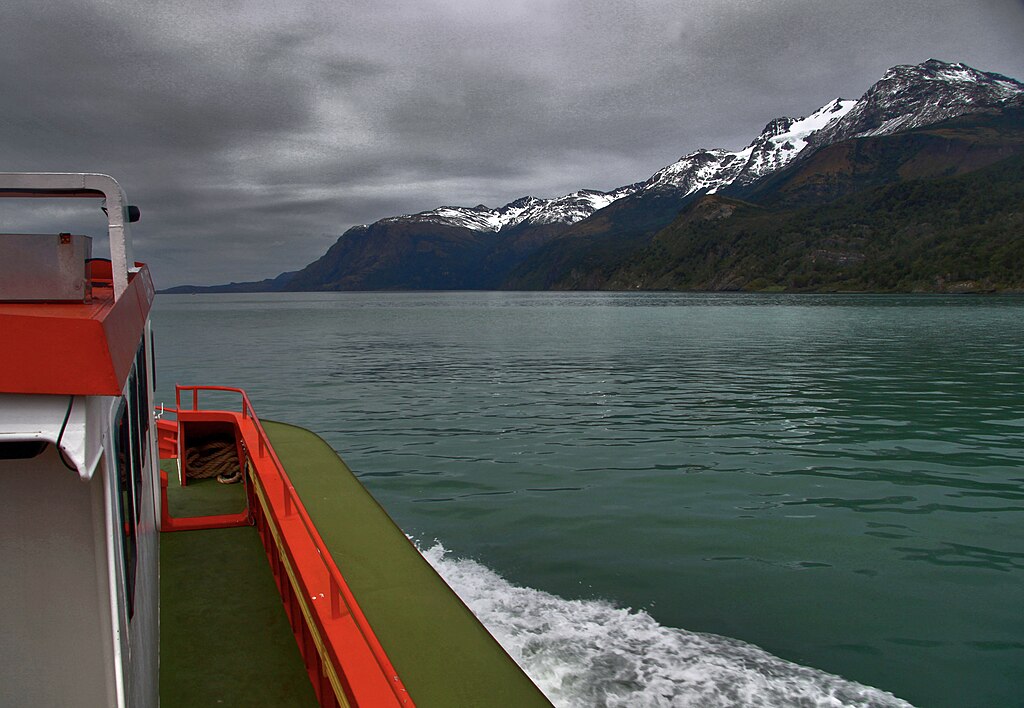
Fishing the Chilean fjords requires adaptability and a willingness to employ various techniques depending on target species and conditions. Trolling with downriggers is particularly effective for targeting salmon and larger predatory fish in the deeper channels. They are often using flashers and hoochies that mimic small baitfish. People often choose fly fishing when targeting sea-run brown trout in the fjords’ river mouths or when pursuing rainbow trout in the freshwater sections.
Bottom fishing with heavy tackle and natural baits is most effective for deep-dwelling species, such as Chilean sea bass and southern hake. Jigging with metal lures is particularly effective when schools of fish are concentrated, especially for species like robalo (Patagonian blenny) that hunt in packs. Local guides have developed specialized techniques that combine traditional methods with modern technology to maximize success in these unique waters.
The Remote Chiloé Archipelago Experience
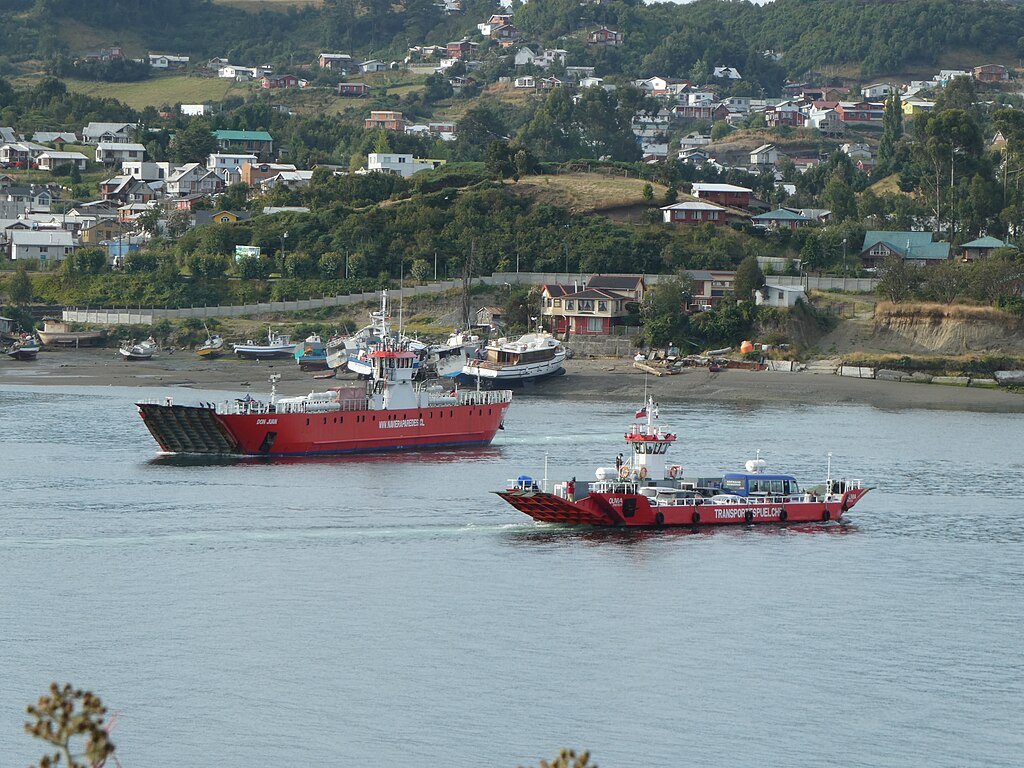
The Chiloé Archipelago comprises Chile’s second-largest island and numerous smaller islands. It also offers some of the most accessible yet authentic fjord fishing experiences. This region is characterized by its unique cultural heritage, with communities of fishermen who have developed traditional techniques over centuries. The eastern channels of Chiloé provide sheltered fishing grounds even during rough weather. Meanwhile, its western exposure offers opportunities to target oceanic species that venture into the fjords.
The archipelago’s numerous inlets and channels create diverse habitats ranging from shallow, protected bays to deep underwater canyons. Fishing from traditional wooden boats called lanchas is still common here. They provide an authentic cultural dimension to the angling experience that cannot be found elsewhere in Chile.
Navigating the Challenging Waters of Tierra del Fuego

The southernmost fjords surrounding Tierra del Fuego represent the final frontier of Chilean fishing. It is where only the most adventurous anglers venture. These waters are characterized by their isolation, unpredictable weather patterns, and extraordinary fishing opportunities in virtually untouched ecosystems. The famous Beagle Channel and its adjoining fjords host some of the largest sea trout in the world. They have specimens exceeding 20 pounds regularly caught and released.
Strong winds known as the “Roaring Forties” and “Furious Fifties” can make navigation challenging. They require boats specifically designed for these conditions. The remoteness of these waters means fishing pressure is minimal. It also results in populations of fish that rarely encounter anglers and grow to trophy proportions. You are required to do significant planning when exploring these regions. Most likely because they typically involve multi-day trips aboard specialized vessels equipped to handle the demanding conditions.
Luxury Fishing Lodges and Rustic Outposts
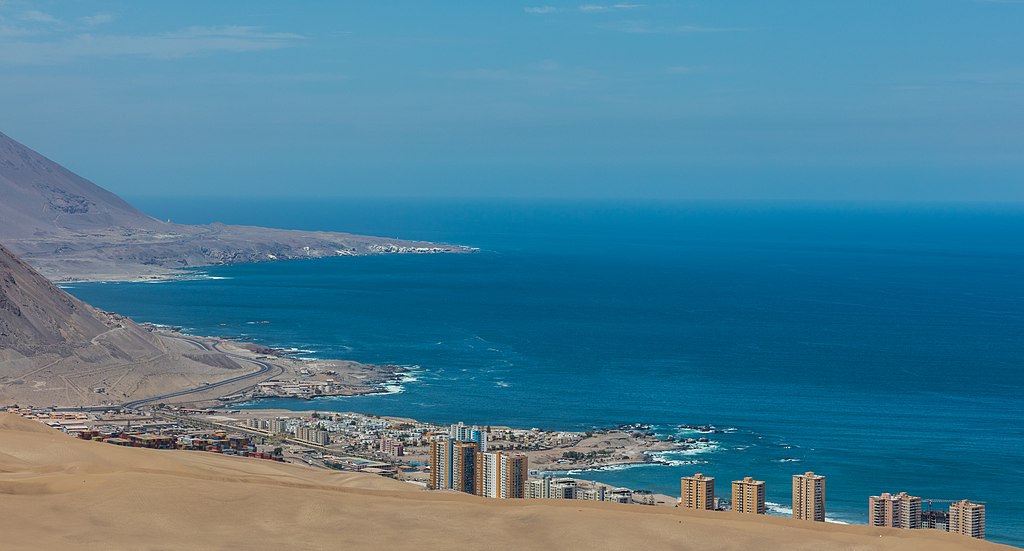
Accommodations for fjord fishing in Chile range from world-class luxury lodges to basic fishing camps, catering to different preferences and budgets. Premium lodges like Cinco Rios and Yelcho offer all-inclusive packages with gourmet cuisine, expert guides, and top-quality equipment, typically situated in spectacular settings with helicopter access to remote fishing spots. Mid-range options include converted estancias (ranches) that combine authentic Patagonian hospitality with comfortable accommodations and reliable guided fishing.
For the truly adventurous, expedition-style trips aboard converted fishing vessels allow anglers to live aboard while exploring distant fjords. You could wake each morning in a new fishing location. Many operations practice catch-and-release policies and participate in conservation initiatives, ensuring the sustainability of these precious fisheries for future generations.
The Cultural Dimension: Fishing Communities of the Fjords
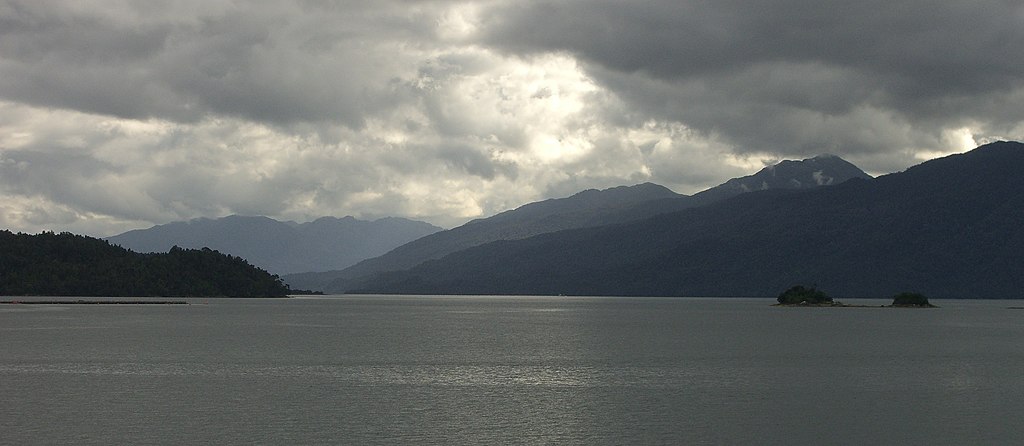
Fishing isn’t just a recreational activity in Chile’s fjords. It is the lifeblood of communities that have inhabited these waters for generations. Indigenous Kawésqar and Yaghan peoples developed sophisticated fishing techniques adapted to the unique conditions of the fjords. Many still employ them today.
More recently, Chilean-European settlers established fishing communities throughout the region. They are creating a unique cultural blend that influences everything from boat design to the preparation of seafood. Visiting anglers have the opportunity to engage with these communities. They can learn traditional methods and share meals of freshly caught seafood prepared according to local recipes.
Many fishing guides are themselves descendants of fishing families with deep knowledge passed down through generations. It provides insights that no book or website could offer about the waters they’ve navigated their entire lives.
Conservation Challenges in a Changing Environment
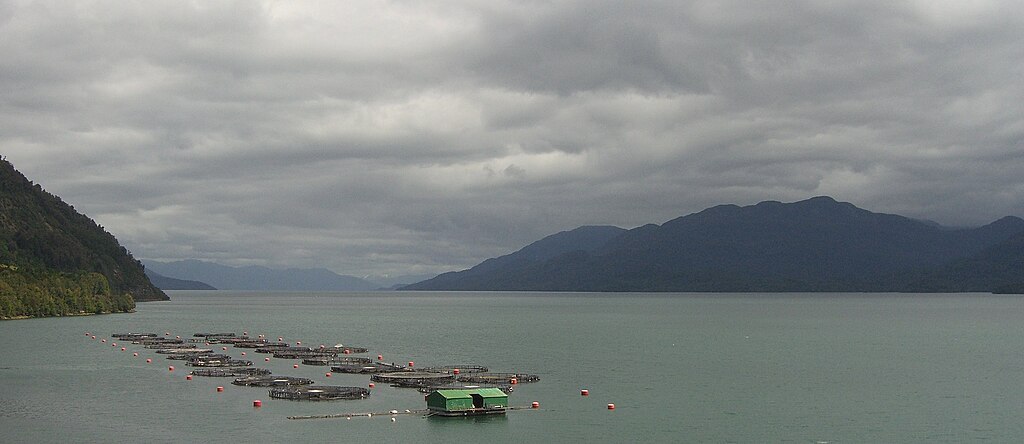
The pristine nature of Chile’s fjords faces mounting pressures from various sources, creating conservation challenges that impact the fishing experience. The salmon farming industry has expanded dramatically in southern Chile, bringing significant economic benefits. Also, it raises concerns about waste, the escape of non-native fish, and the transmission of diseases to wild populations.
Climate change is altering water temperatures and precipitation patterns, potentially disrupting the delicate balance of these ecosystems. Increased tourism and development along previously untouched coastlines bring both opportunities and threats to local communities and environments. Conservation organizations like Oceana and local Chilean groups are working to establish marine protected areas within the fjord region. They create zones where regulations restrict commercial fishing to preserve biodiversity.
Responsible anglers can contribute to conservation efforts by practicing catch-and-release. They can support guides who follow sustainable practices, and participate in citizen science projects that monitor fish populations.
Practical Considerations for the Fjord-Bound Angler

Planning a fishing expedition to Chile’s fjords requires careful preparation, given the remote nature of the region. The logistical hub for most fjord fishing trips is Puerto Montt. It is accessible via regular flights from Santiago. Though more remote areas may require additional domestic flights or lengthy overland travel.
Weather conditions can change rapidly in Patagonia, necessitating proper clothing layers that can adapt to everything from bright sunshine to driving sleet, sometimes within the same day. Chilean fishing regulations require all non-residents to obtain a fishing license, with additional permits required for specific areas or species.
Most serious anglers opt to book with established outfitters who handle these logistics and provide appropriate tackle, as bringing your own gear can be challenging given airline restrictions and the specialized equipment needed for these waters. The Chilean fishing season runs opposite to that of the Northern Hemisphere, making it an ideal destination for anglers seeking world-class fishing during their home winter months.
The Future of Fjord Fishing in Chile
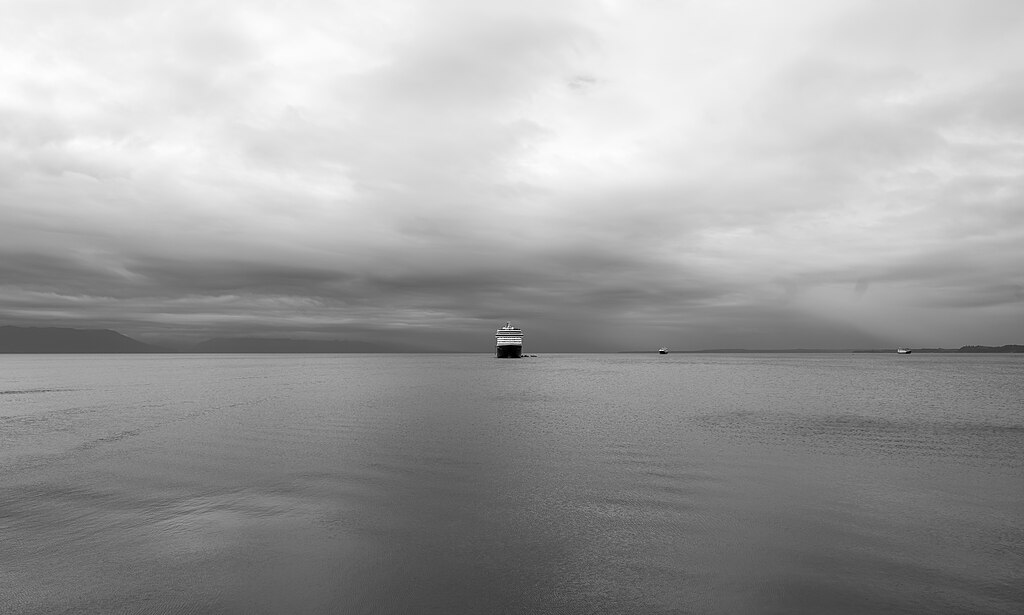
The future of recreational fishing in Chile’s fjords balances precariously between expanding access and preserving the wilderness experience that makes these waters special. The Chilean government has recognized the economic value of sport fishing tourism, implementing more structured management of these resources while developing infrastructure that makes remote areas more accessible. Catch-and-release practices are becoming standard throughout the region, with many operators voluntarily implementing these policies before they become legally mandated.
Technology is transforming the fishing experience, with satellite communications making even the most remote fjords safer to navigate and underwater mapping revealing previously unknown productive fishing grounds. Climate scientists are closely monitoring the fjord ecosystems for changes that might affect fish populations. Some develop early adaptation strategies to help preserve these unique fisheries for future generations.
Conclusion
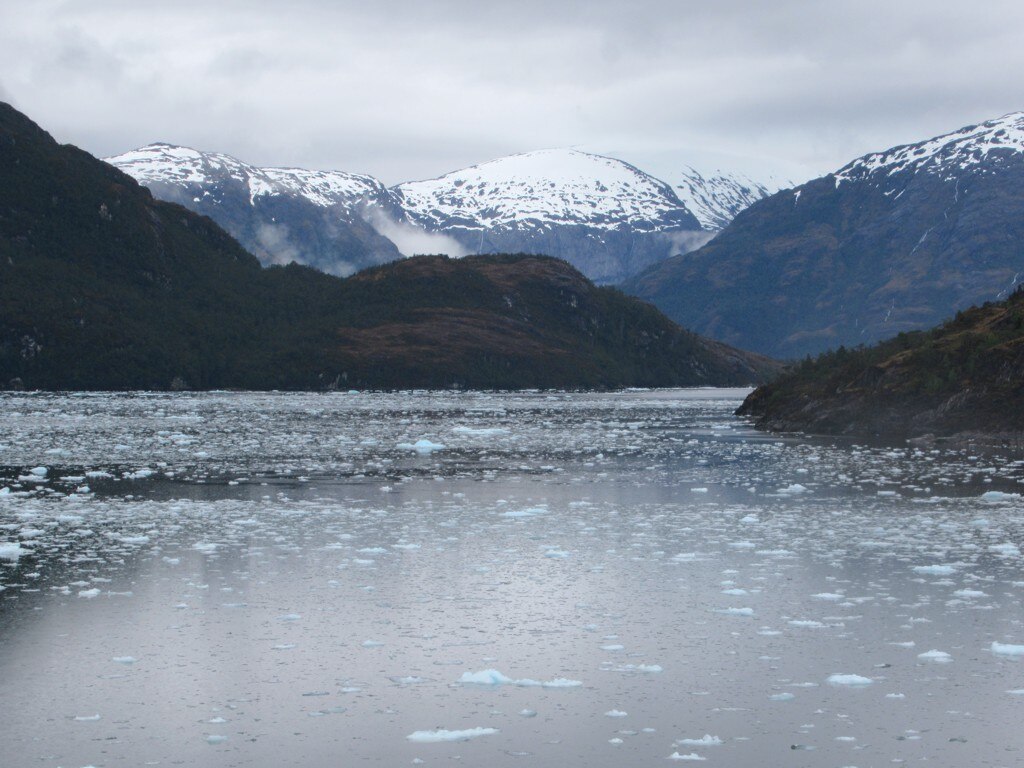
The fjords of southern Chile represent one of the last great fishing frontiers on our increasingly crowded planet – a place where wilderness still dominates and where the connection between angler and environment remains primal and profound. Beyond the trophy catches and fishing statistics lies the true appeal of this region: the opportunity to cast a line into waters surrounded by snow-capped mountains and ancient forests, in a landscape largely unchanged since the last ice age.
Whether pursuing introduced trout in crystalline rivers or battling native species in deep fjord channels, fishing in Patagonia offers an experience that transcends the sport itself. For those willing to make the journey to Earth’s deep south, Chile’s fjords provide not just memorable fishing, but a window into how our world once was – wild, mysterious, and filled with life.

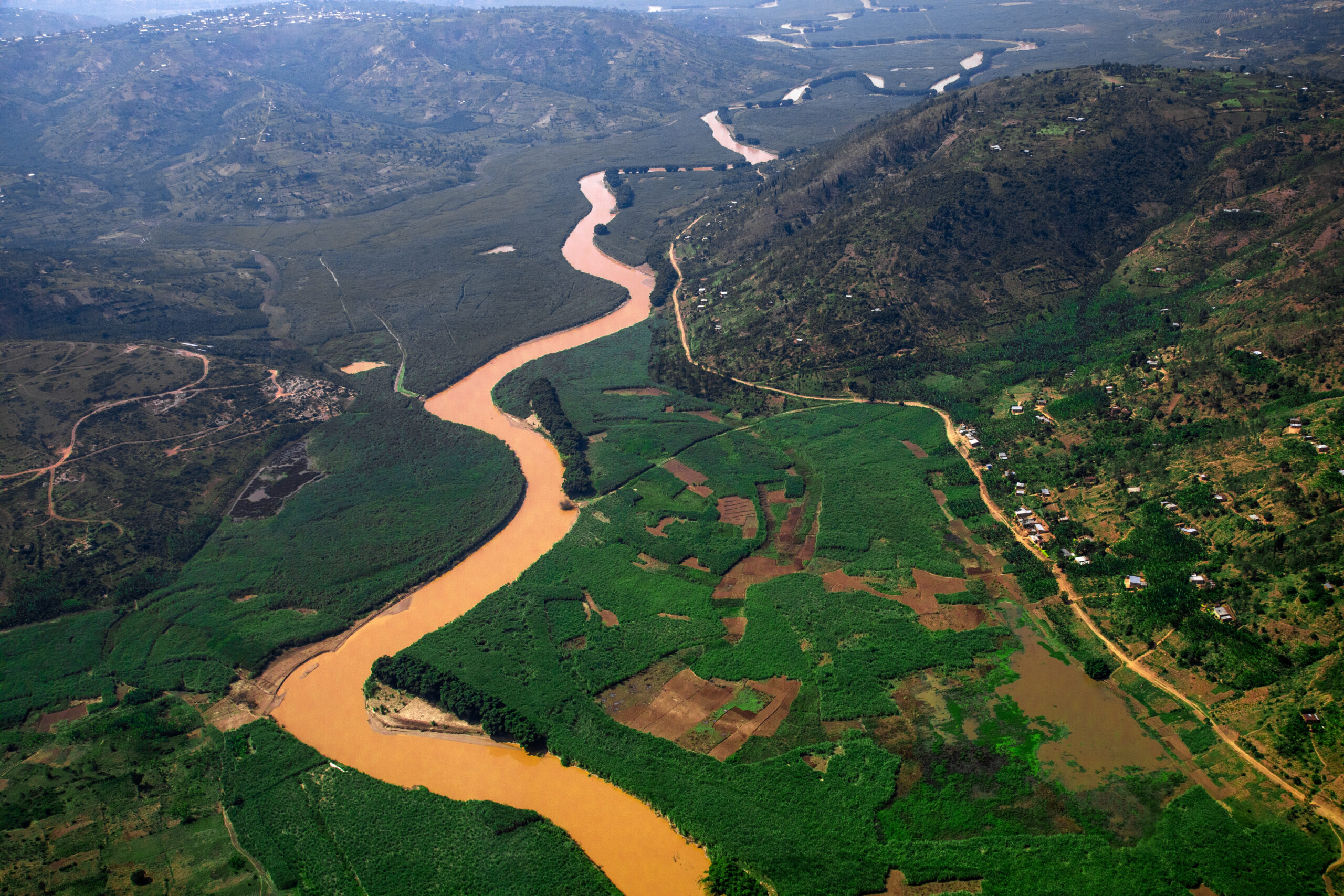

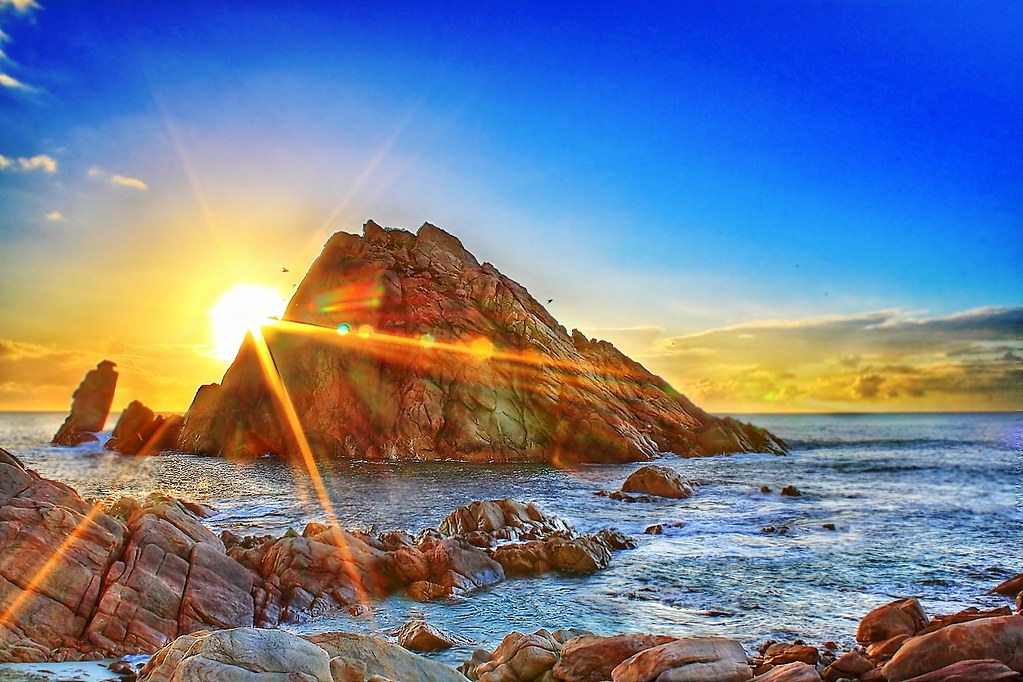










Post Comment